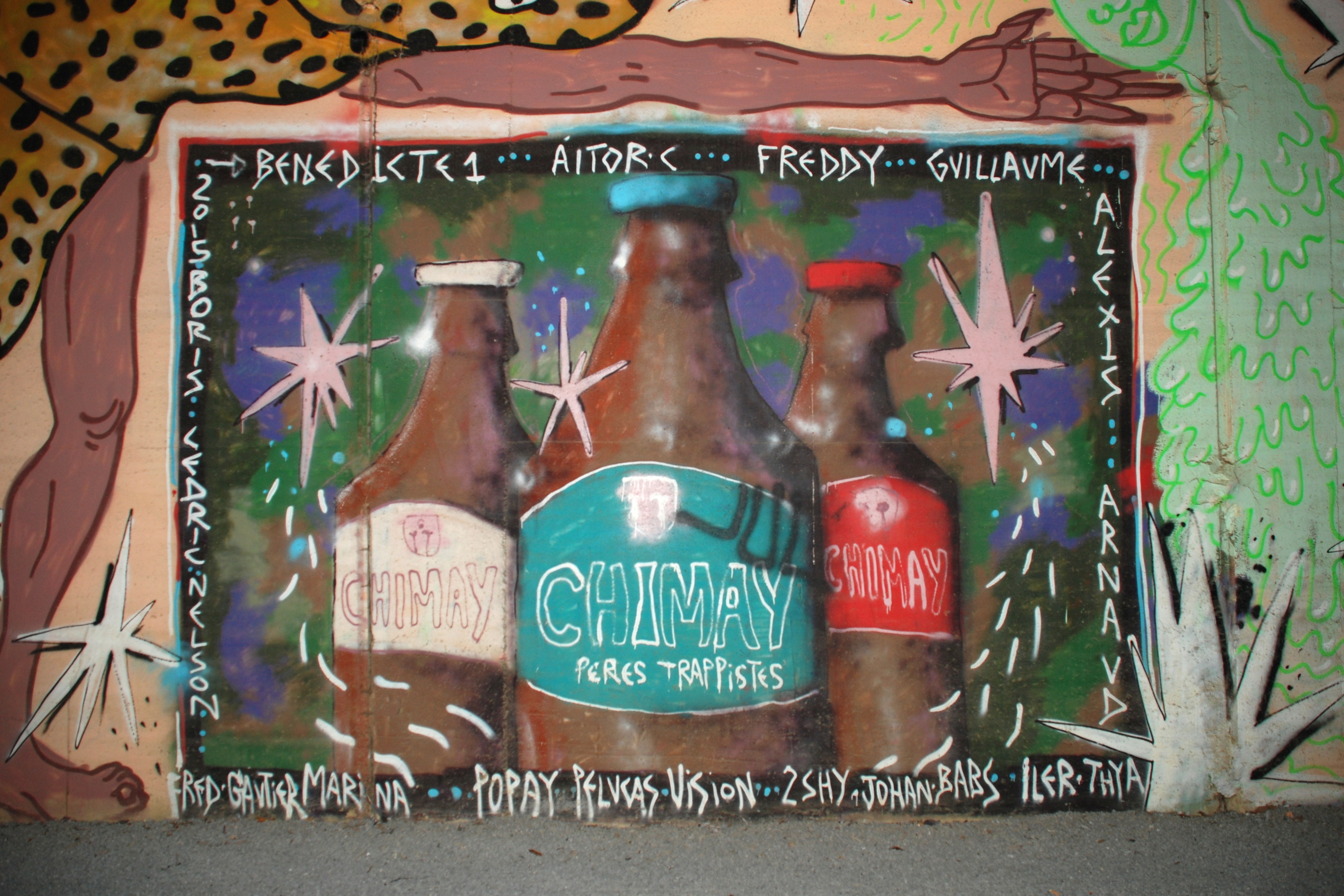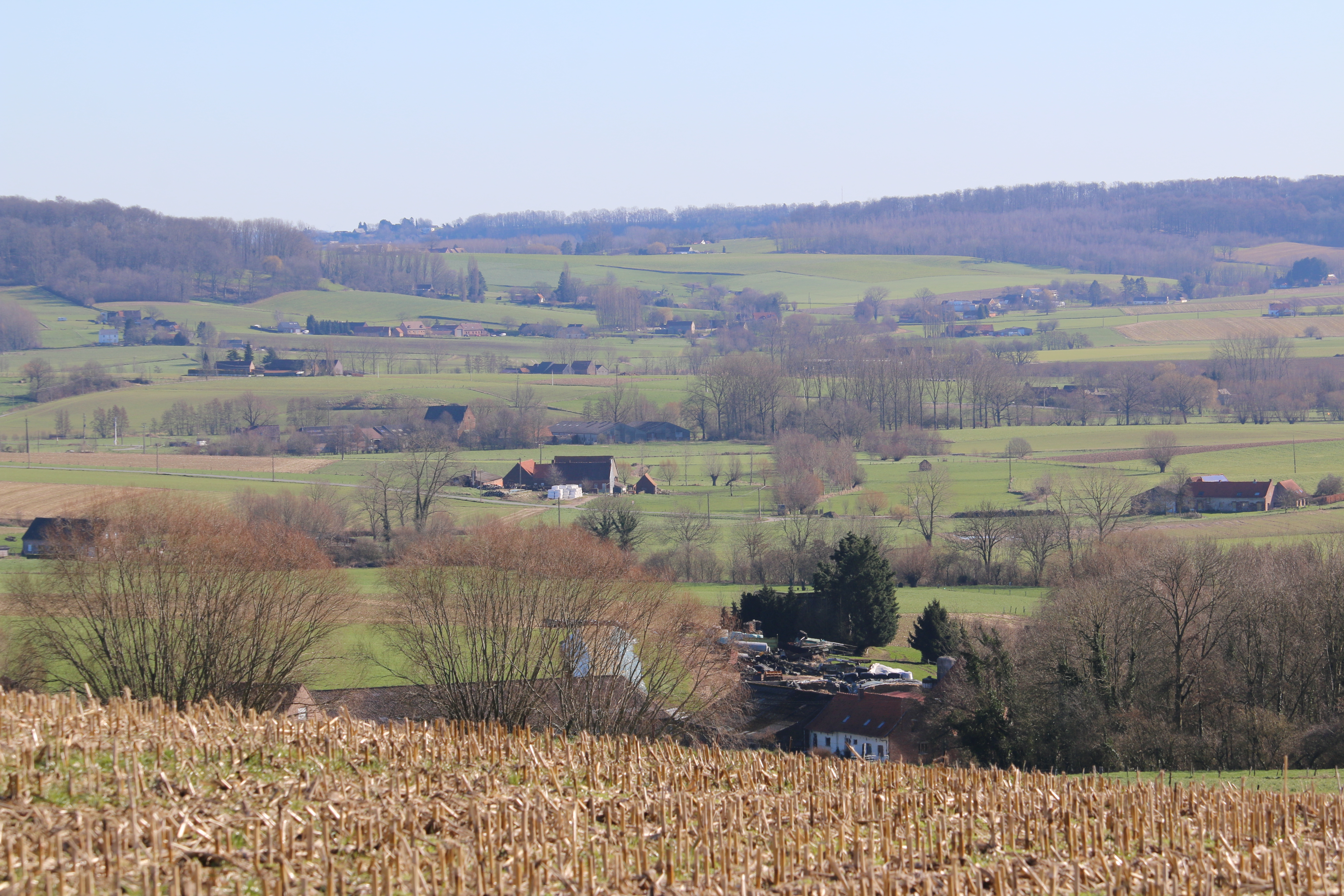|
Forges, Belgium
Forges (; ) is a village of Wallonia and a district of the municipality of Chimay, located in the province of Hainaut, Belgium. It was a municipality of its own until January 1, 1977. The Trappist abbey Notre-Dame de Scourmont and the source of the river Oise Oise ( ; ; pcd, Oése) is a department in the north of France. It is named after the river Oise. Inhabitants of the department are called ''Oisiens'' () or ''Isariens'', after the Latin name for the river, Isara. It had a population of 829,41 ... are located near Forges. References Former municipalities of Hainaut (province) Chimay {{Hainaut-geo-stub ... [...More Info...] [...Related Items...] OR: [Wikipedia] [Google] [Baidu] |
Wallonia
Wallonia (; french: Wallonie ), or ; nl, Wallonië ; wa, Waloneye or officially the Walloon Region (french: link=no, Région wallonne),; nl, link=no, Waals gewest; wa, link=no, Redjon walone is one of the three regions of Belgium—along with Flanders and Brussels. Covering the southern portion of the country, Wallonia is primarily French-speaking. It accounts for 55% of Belgium's territory, but only a third of its population. The Walloon Region and the French Community of Belgium, which is the political entity responsible for matters related mainly to culture and education, are independent concepts, because the French Community of Belgium encompasses both Wallonia and the bilingual Brussels-Capital Region. There is a German-speaking minority in eastern Wallonia, resulting from the annexation of three cantons previously part of the German Empire at the conclusion of World War I. This community represents less than 1% of the Belgian population. It forms the German-speak ... [...More Info...] [...Related Items...] OR: [Wikipedia] [Google] [Baidu] |
Section De Commune
A deelgemeente (, literally ''part-municipality'') or section ( French) is a subdivision of a municipality in Belgium and, until March 2014, in the Netherlands as well. Belgium Each municipality in Belgium that existed as a separate entity on 1 January 1961 but no longer existed as such after 1 January 1977 as the result of a merger is considered a ''section'' or ''deelgemeente'' within most municipalities. In addition, the City of Brussels is also divided in four ''sections'' that correspond to the communes that existed before their merger in 1921. The term ''deelgemeente'' is used in Dutch and the term ''section'' in French to refer to such a subdivision of a municipality anywhere in Belgium, municipalities having been merged throughout the country in the 1970s. Herefor, ''sections'' or ''deelgemeenten'' usually were independent municipalities before the fusions in the 1970s. In French, the term ''section'' is sometimes confused with ''commune'' (for: municipality), especiall ... [...More Info...] [...Related Items...] OR: [Wikipedia] [Google] [Baidu] |
Chimay
Chimay (, wa, Chimai) is a city and Municipalities of Belgium, municipality of Wallonia located in the Hainaut Province, province of Hainaut, Belgium. In 2006, Chimay had a population of 9,774. The area is 197.10 km2 which gives a population density of 50 inhabitants per km2. It is the source of the Oise (river), Oise River. In the administrative district of Thuin, the municipality was created with a merger of 14 communes in 1977. The Trappist monastery of Scourmont Abbey in the town is famous for the Chimay Brewery. Toponymy The etymology of the name is ultimately, via Vulgar Latin, from the Proto-Celtic word ''koimos'' meaning "pretty, pleasant". Subdivisions The Walloon names of the place names are in brackets and italics. *Baileux (''Balieu'') *Bailièvre (''Bailleve'') *Bourlers (''Bourlé'') *Chimay (''Chimai'') *Forges, Belgium, Forges (''Foidjes'') *L'Escaillère (''L'Ecayire'') *Lompret, Belgium, Lompret (''Lompré'') *Rièzes (''Rieze'') *Robechies (''Robchiye'') ... [...More Info...] [...Related Items...] OR: [Wikipedia] [Google] [Baidu] |
Hainaut Province
Hainaut (, also , , ; nl, Henegouwen ; wa, Hinnot; pcd, Hénau), historically also known as Heynowes in English, is a province of Wallonia and Belgium. To its south lies the French department of Nord, while within Belgium it borders (clockwise from the North) on the Flemish provinces of West Flanders, East Flanders, Flemish Brabant and the Walloon provinces of Walloon Brabant and Namur. Its capital is Mons (Dutch ''Bergen'') and the most populous city is Charleroi, the province's urban, economic and cultural hub, the financial capital of Hainaut and the fifth largest city in the country by population. Hainaut has an area of and as of January 2019 a population of 1,344,241. Another remarkable city is Tournai (Dutch ''Doornik'') on the Scheldt river, one of the oldest cities of Belgium and the first capital of the Frankish Empire. Hainaut province exists of a wavy landscape, except for the very southern part, the so-called ''Boot of Hainaut'', which is quite hilly and bel ... [...More Info...] [...Related Items...] OR: [Wikipedia] [Google] [Baidu] |
Belgium
Belgium, ; french: Belgique ; german: Belgien officially the Kingdom of Belgium, is a country in Northwestern Europe. The country is bordered by the Netherlands to the north, Germany to the east, Luxembourg to the southeast, France to the southwest, and the North Sea to the northwest. It covers an area of and has a population of more than 11.5 million, making it the 22nd most densely populated country in the world and the 6th most densely populated country in Europe, with a density of . Belgium is part of an area known as the Low Countries, historically a somewhat larger region than the Benelux group of states, as it also included parts of northern France. The capital and largest city is Brussels; other major cities are Antwerp, Ghent, Charleroi, Liège, Bruges, Namur, and Leuven. Belgium is a sovereign state and a federal constitutional monarchy with a parliamentary system. Its institutional organization is complex and is structured on both regional ... [...More Info...] [...Related Items...] OR: [Wikipedia] [Google] [Baidu] |
Trappist
The Trappists, officially known as the Order of Cistercians of the Strict Observance ( la, Ordo Cisterciensis Strictioris Observantiae, abbreviated as OCSO) and originally named the Order of Reformed Cistercians of Our Lady of La Trappe, are a Catholic religious order of cloistered monastics that branched off from the Cistercians. They follow the Rule of Saint Benedict and have communities of both monks and nuns that are known as Trappists and Trappistines, respectively. They are named after La Trappe Abbey, the monastery from which the movement and religious order originated. The movement first began with the reforms that Abbot Armand Jean le Bouthillier de Rancé introduced in 1664, later leading to the creation of Trappist congregations, and eventually the formal constitution as a separate religious order in 1892. History The order takes its name from La Trappe Abbey or ''La Grande Trappe'', located in the French province of Normandy, where the reform movement began. Arma ... [...More Info...] [...Related Items...] OR: [Wikipedia] [Google] [Baidu] |
Notre-Dame De Scourmont
Scourmont Abbey (''Abbaye Notre-Dame de Scourmont'') is a Trappist monastery on the Scourmont plateau, in the village of Forges which is part of Chimay in the province of Hainaut, Belgium. The abbey is famous for its spiritual life and for running the Chimay Brewery, one of the few producers of Trappist beer. Life in the abbey is characterised by prayer, reading and manual work, the three basic elements of Trappist life. History In 1844, Jean-Baptiste Jourdain, the priest of Virelles, suggested that the wild plateau of Scourmont was a suitable place for a monastery. However, all previous attempts to cultivate the barren plateau had failed. Fr. Jourdain obtained support for the proposed foundation from Prince Joseph II de Chimay, the abbot of Westmalle Abbey and Westvleteren Abbey. Six years later, on 25 July 1850, a small group of monks from Westvleteren settled on Scourmont and founded a priory. The monks founded a school and model farm to train orphans and abandoned childre ... [...More Info...] [...Related Items...] OR: [Wikipedia] [Google] [Baidu] |
Oise (river)
The Oise ( ; ) is a river of Belgium and France, flowing for from its source in the Belgian province of Hainaut, south of Chimay. It crosses the border with France after about . It flows into the Seine at Conflans-Sainte-Honorine, a north-western suburb of Paris. Its main tributary is the Aisne. It gave its name to the French departments of Oise and Val-d'Oise. Places along the river In France, the Oise flows through the following ''départements'' and towns: *Aisne: Hirson, Guise, Chauny *Oise (named after the river): Noyon, Compiègne, Creil *Val-d'Oise (named after the river): Auvers-sur-Oise, Pontoise, Cergy, Jouy-le-Moutier *Yvelines: Conflans-Sainte-Honorine Navigation Over the past few centuries, the Oise has played an important role as an inland shipping waterway connecting the Seine (and thus Paris) with the coastal regions of northern France, Belgium, and the Netherlands. With the projected construction of the Seine-Nord Europe Canal, a high-capacity water transport ... [...More Info...] [...Related Items...] OR: [Wikipedia] [Google] [Baidu] |
Former Municipalities Of Hainaut (province)
A former is an object, such as a template, gauge or cutting die, which is used to form something such as a boat's hull. Typically, a former gives shape to a structure that may have complex curvature. A former may become an integral part of the finished structure, as in an aircraft fuselage, or it may be removable, being using in the construction process and then discarded or re-used. Aircraft formers Formers are used in the construction of aircraft fuselage, of which a typical fuselage has a series from the nose to the empennage, typically perpendicular to the longitudinal axis of the aircraft. The primary purpose of formers is to establish the shape of the fuselage and reduce the column length of stringers to prevent instability. Formers are typically attached to longerons, which support the skin of the aircraft. The "former-and-longeron" technique (also called stations and stringers) was adopted from boat construction, and was typical of light aircraft built until the ad ... [...More Info...] [...Related Items...] OR: [Wikipedia] [Google] [Baidu] |




